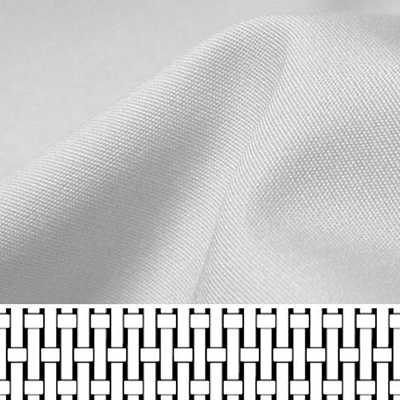
Popline
Poplin bears little texture, with its tightly woven, over-under weave pattern creating a thin, soft, smooth and lightweight fabric. Poplin is breathable, making them the ideal choice to wear in the summers. The higher the thread count, the more luxurious the fabric.
Oxford
Oxford fabric has a heavy texture, it is a soft, breathable and durable fabric to wear on a daily basis. Known for its characteristic its usually reserved for casual shirts paired with a button down collar.

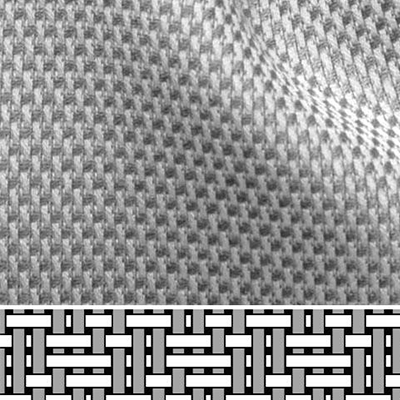
Royal Oxford
Royal Oxford is a dressy fabric with a distinctive shine and texture. The diamond weave is much more noticeable, and the fabric is a lot thinner than regular Oxfords. Soft, warm and easy to iron, Royal Oxfords are ideal for the office.
Pinpoint
Pinpoint cotton belongs to the oxford family of cotton fabrics. Oxford cottons have a soft texture and a “basket-weave” appearance. Pinpoint cotton has an especially lightweight feel and a fine texture.
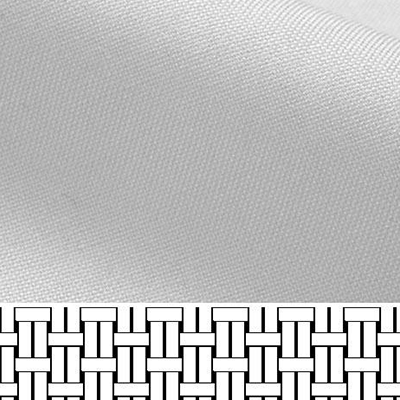
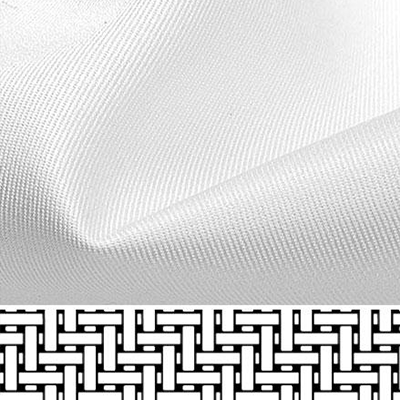
Twill
Twill is easily recognizable for its distinctive diagonal ribbed texture. Twill fabrics are soft, heavier and more durable that their counterparts, and drape easier as well. Twill won’t give you the same “crisp” look that freshly pressed poplin can, but it’s relatively easy to iron and resistant to wrinkles.
Chambary
Chambray is soft, shiny, thin, light weight cotton that looks similar to denim. Since Chambray is lighter in weight, it’s a good option for when you want to look sharp but feel cool. Pair it with an outfit that can go from the board-room to any other place.
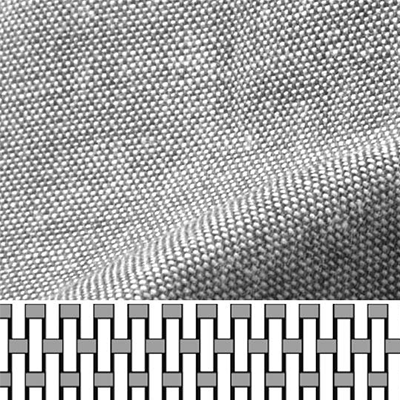
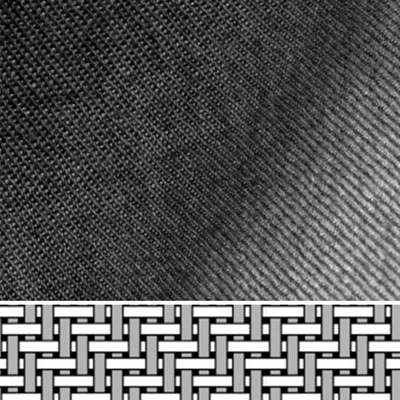
Denim
Denim , often dyed with indigo. Denim shirts are softer and lighter than jeans, and work very well for a number of occasions. Lighter shades work well in the day, while darker denims shirts can be worn for dressier events in the evening.
Herringbone
Herringbone is characterized by a distinctive V shape weave .zigzagging wale gives the fabric the appearance of a fish skeleton. In addition to adding style to a shirt, herringbone’s zigzag construction also adds strength and durability. Pair your Herringbone shirt with a suit for an elegant event
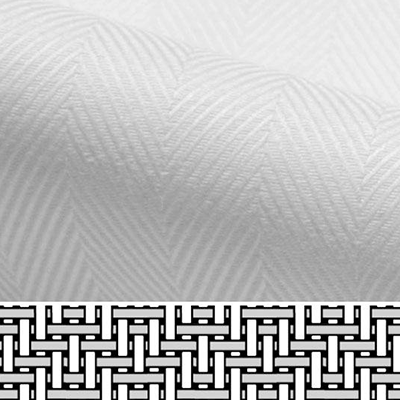
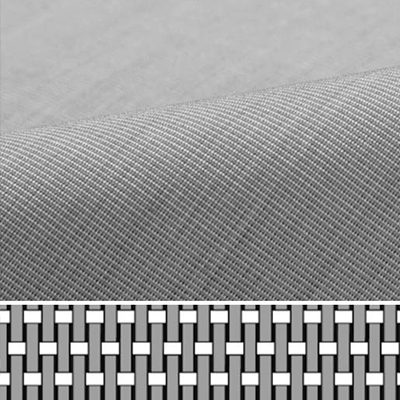
End to End
End-on-end broadcloths are a very popular type of dress shirt fabric. Most often end-on-end is crossed with white for a more traditional look. This fabric appears to be a true solid color from a distance, but it has more dimensions up-close. It is a great alternative to standard poplin to add some variety to your dress shirt options.
Two Ply vs Single Ply
Ply is how many yarns are twisted together to make a single thread. Shirting fabrics are most often two-ply or single ply. Two-ply means that two yarns are twisted together to make a single thread that is then woven into the fabric. Two-ply fabrics are generally superior to single-ply fabrics in their durability. Three-ply fabrics are rare, but can be found occasionally.
Thread Count
Thread count means a smoother, silkier, more expensive fabric. Thread count is often referred to with a number like 50s, 80s, 100s, 120s, 140s, 170s, etc. up to 330s. These numbers refer to the yarn size, but keep in mind that typically a thread count above 100 will imply a 2-ply fabric. Higher number thread counts will be two yarns twisted together. For example, 120’s thread count means that two 60’s yarns are twisted together. Generally this fabric will be more durable than a 60’s single ply, but it won’t necessarily be smoother. 140’s thread counts are typically two 70’s yarns twisted together. And so on and so forth
* This information is collected from merchandisers andverious data research.